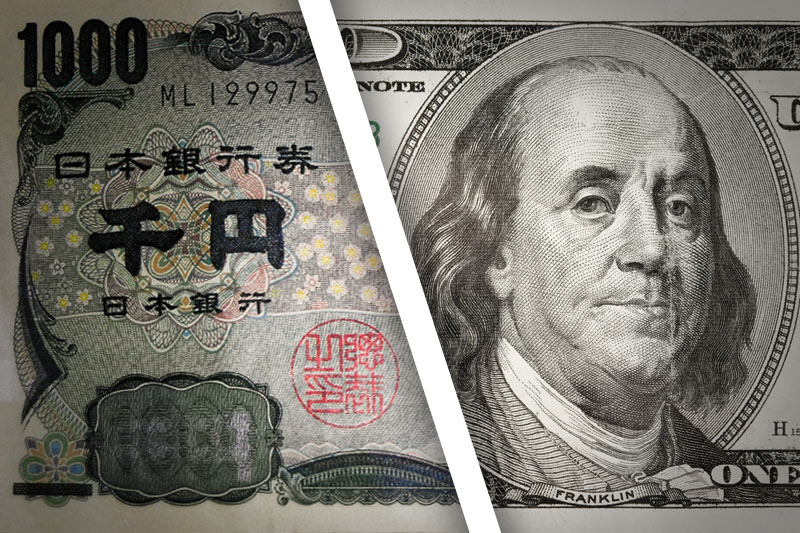Investing.com - The dollar ended slightly lower against the traditional safe haven yen on Friday as concerns over a confirmed Ebola diagnosis in New York City spurred increased demand for the Japanese currency.
USD/JPY was down 0.12% to 108.14 late Friday, after falling as low as 107.77 earlier in the session.
The dollar slid against the yen after a doctor in New York tested positive for the Ebola virus after returning from Guinea. The news fuelled concerns that a widespread outbreak of the virus could derail global economic growth.
The dollar later pulled away from session lows after data showed that U.S. new home sales rose 0.2% from a month earlier to hit a six year high of 467,000 in September.
The pair still ended the week with gains as the diverging monetary policy stance between the Federal Reserve and Japan’s central bank continued to underpin dollar demand.
The US dollar index, which tracks the performance of the greenback against a basket of six major currencies, was down 0.19% to 85.79 late Friday. The index still ended the week higher, stabilizing following a steep selloff in the previous week.
Fears that a slowdown in global economic growth could act as a drag on the U.S. economic recovery have prompted investors to push back expectations for an increase in interest rates by the Federal Reserve to the second half of 2015.
The Bank of Japan looks likely to stick to a looser monetary policy stance amid signs that the economic recovery in the world’s third-largest economy is faltering.
Japan’s government downgraded its assessment of the economic outlook for the second consecutive month last week, and a report earlier in the month showed that sentiment in the services sector deteriorated in the third quarter after a sales tax hike in April hit consumption.
Elsewhere, the euro was almost unchanged against the yen on Friday, with EUR/JPY trading at 137.01.
The single currency found support after the forward looking Gfk index of German consumer climate ticked up to 8.5 for November from a revised 8.4 in October.
The index had fallen sharply in the preceding two months as concerns over geopolitical risks and the ensuing economic slowdown weighed.
In the week ahead investors will be looking ahead to the outcome of Wednesday’s Federal Reserve meeting amid expectations that it will wind up its asset purchase program. Investors will be scrutinizing the Fed statement for further indications on how soon interest rates could start to rise.
Data from Japan on retail sales, inflation and industrial production will also be closely watched, while Friday’s monetary policy announcement by the BoJ will also be in focus.
Ahead of the coming week, Investing.com has compiled a list of these and other significant events likely to affect the markets.
Monday, October 27
The U.S. is to publish private sector data on pending home sales.
Tuesday, October 28
Japan is to release data on retail sales, the government measure of consumer spending, which accounts for the majority of overall economic activity.
The U.S. is to release data on durable goods orders and a report by the Conference Board on consumer confidence.
Wednesday, October 29
Japan is to publish preliminary data on industrial production.
The Federal Reserve is to announce its federal funds rate and publish its rate statement.
Thursday, October 30
The U.S. is to publish revised data on third quarter GDP, as well as the weekly report on initial jobless claims. Later in the day, Fed Chair Janet Yellen is to speak at an event in Washington; her comments will be closely watched.
Friday, October 31
Japan is to release reports on household spending and the consumer price index. Meanwhile, the BoJ is to announce its monetary policy decision and publish its rate statement. The bank is also to hold a post-policy meeting press conference.
The U.S. is to round up the week with data on personal income and expenditure, as well as revised data on consumer sentiment and a report on business activity in the Chicago region.
